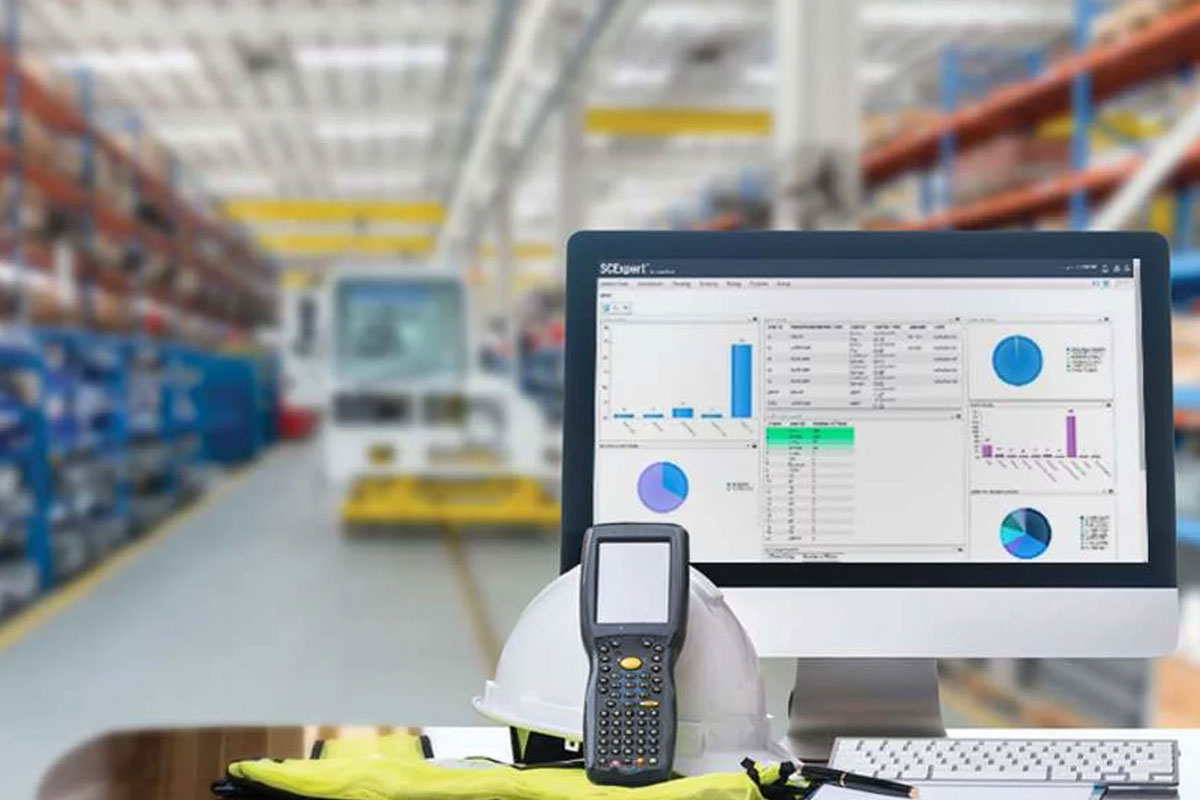In the e-commerce era, the pressure is on third-party logistics (3PL) providers to deliver seamless experiences. The key to achieving this lies in the heart of your operations — the warehouse management system (WMS). It’s critical that your WMS is not just functional but a powerhouse of efficiency and integration. Let’s explore the 10 indispensable features that define the ultimate WMS for a 3PL provider.
1. Seamless Functionality
The services you provide as a 3PL should mirror the unique needs of your clients, which means your WMS must be robust in functionality. It should offer real-time visibility and control over inventory from the moment it arrives until it’s shipped out. Essential processes that should be streamlined include:
- Efficient putaway strategies
- Precise order allocation
- Accurate inventory tracking and counts
- Streamlined picking, packing, and shipping operations
- Dynamic slotting to prioritize top-selling items
2. Intuitive User Interface
An intuitive interface is vital to ensure your team can maximize the WMS’s capabilities without a steep learning curve. Adaptability to changing demands — like handling new inventory types, training seasonal staff, or adding new vendors — is essential for a user-friendly system.
3. Hassle-Free Integration
The best WMS should integrate effortlessly with your existing technology infrastructure — whether that’s an ERP, transportation management system, or your clients’ e-commerce fulfillment platforms and shopping carts.
4. Scalable Architecture
As your 3PL business grows, your WMS should scale with you. It needs to enable quick onboarding of new clients and seamless management of increasing inventory volumes, supported by analytics that drive data-based strategic decisions.
5. Dynamic Labor Management
In the fast-paced world of logistics, real-time and strategic labor management is non-negotiable. From optimizing pick paths to forecasting labor needs, your WMS should help you manage your workforce efficiently and effectively.
6. Comprehensive Service and Support
Your relationship with a WMS provider should extend beyond the purchase. Look for a provider that offers thorough training, support, and guidance to ensure the software aligns with your operational needs and goals.
7. Paperless Workflow
A modern WMS should eliminate the need for paper, moving towards fully digitized and automated processes. Electronic documentation is not just an efficiency booster; it’s become a necessity in a world that values contactless transactions.
8. Advanced Analytics and Reporting
Data is the currency of decision-making. Your WMS must be able to generate detailed reports and analytics for internal performance monitoring and to provide your clients with the insights they require.
9. Efficient Receiving Processes
The receiving functionality of your WMS should include features that allow you to plan for incoming deliveries. Advanced shipping notices and automated putaway recommendations are just the beginning of ensuring a streamlined receiving process.
10. Integrated Shipping Solutions
A WMS with integrated shipping capabilities ensures that orders are dispatched quickly and efficiently. This integration is vital for maintaining quality service while improving throughput.
Incorporating these 10 essential features into your WMS will empower your 3PL warehouse to not only meet the demands of today’s e-commerce landscape but to excel at them. With an optimized WMS, you can guarantee performance enhancement across your entire operation, ensuring that every order is a testament to your commitment to excellence.
Explore more about Precision Fulfillment Solutions and how it can revolutionize your warehouse management strategies.

